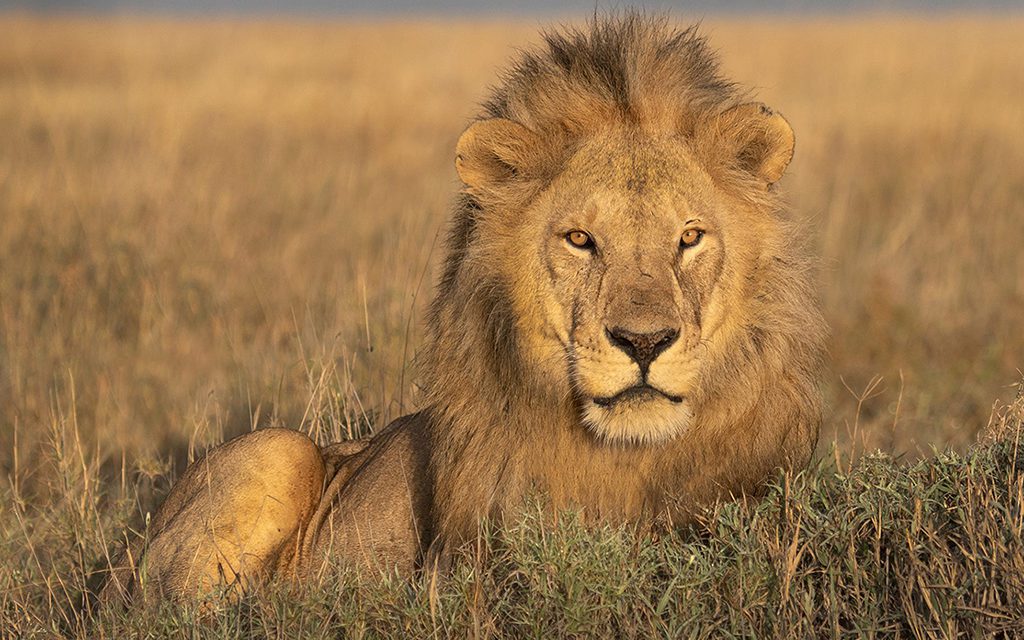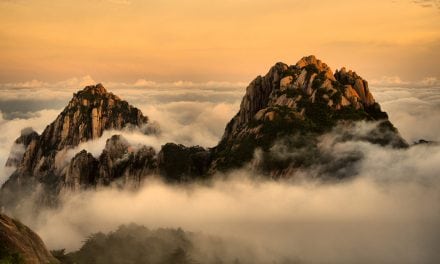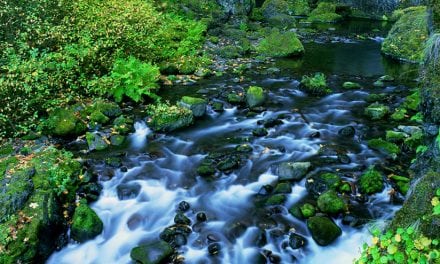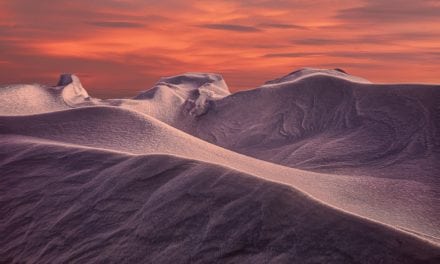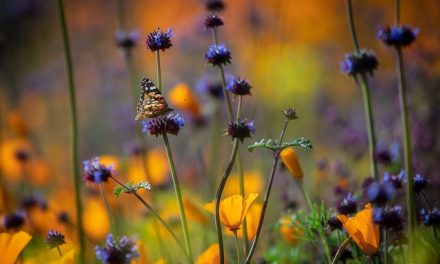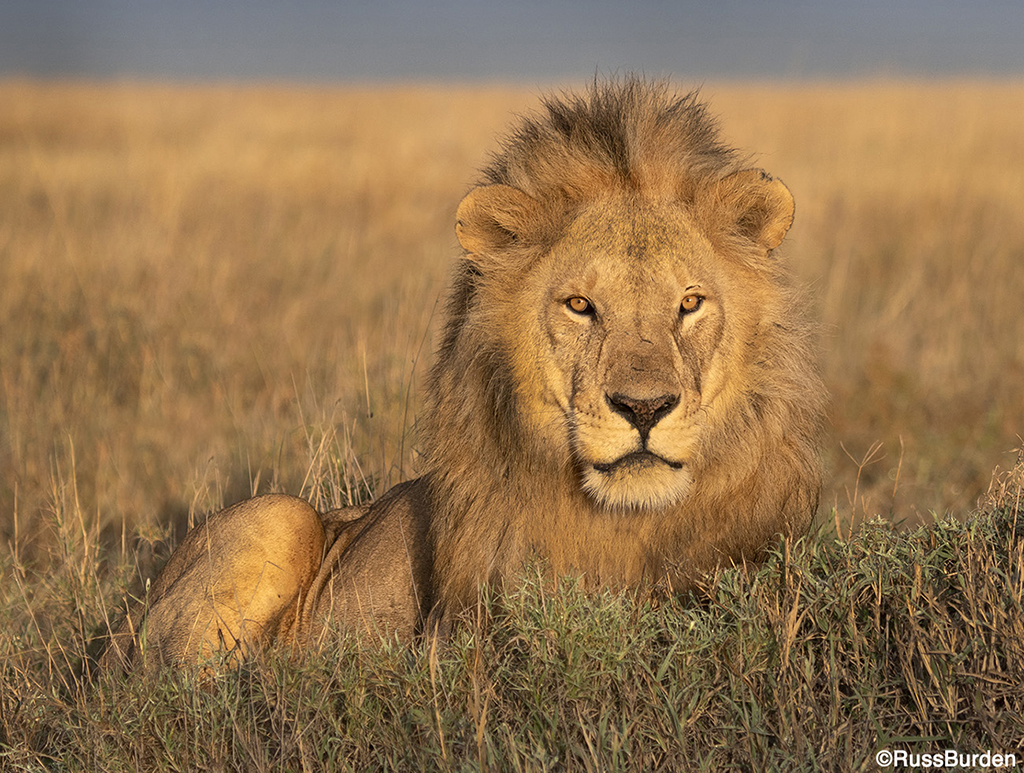
The most crucial ingredient in any photo recipe is light. Without light, photos can’t be made. The word “photography” says it all: photo = light and graphy = to write. When an image is made, you write with light. If you’re a regular reader of my Tip of the Week, you know how important light is to me. I feel it’s the single most critical factor that determines a photo’s success. If you’ve been on one of my safaris or tours, you’ve heard me say it numerous times. You may have seen me wear my “It’s All About The Light” shirt. If the light is ugly, no matter how great everything else is, the image won’t be as good as if the light was dramatic. Here’s how to seek out better light to make more impressive images.
I’ve often stated the following words and I’ll always live by them: “Regardless of the direction in which I aim my lens, I’d rather photograph a mundane subject in great light than a great subject in mundane light.” For instance, picture in your head a lone cheetah running across the open grasslands of the Serengeti. Sounds great, doesn’t it? The clouds are thick and gray. They impart a dull flat source of illumination on a majestic animal. The cheetah keeps running in circles in the area close to you. Because the light is so flat and low, your ISO can’t go high enough to get an action-stopping photo and the cheetah keeps going. As a result, all the images are blurry.
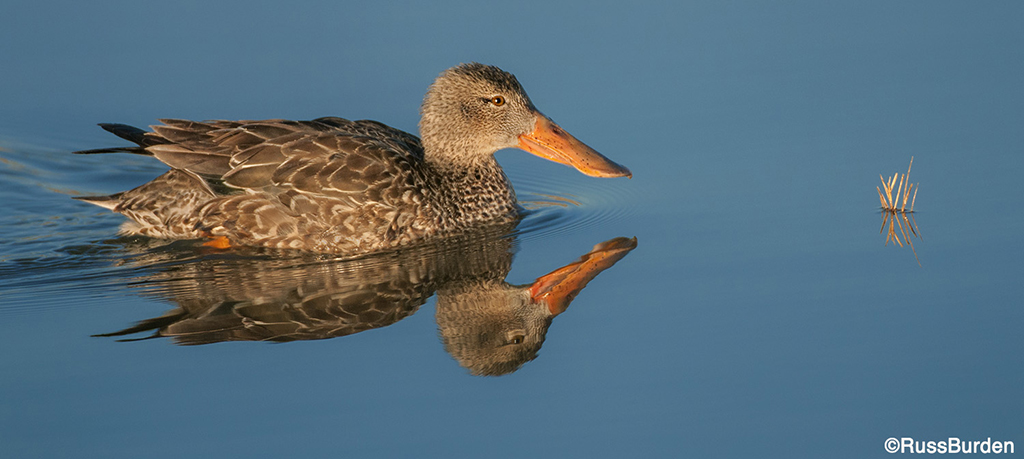
Conversely, located in that exact same open area of grasses, a clearing storm opens a hole in the clouds and a double rainbow explodes in color with dark storm clouds behind it while a common gazelle stands in the field. You align the placement of the gazelle and rainbow and viola, you have a winner. A gazelle vs. a cheetah‚—in this case, the gazelle wins.
Front Light For Wildlife
When I photograph the wildlife of the Serengeti, Yellowstone or even at a local park, I prefer front light at sunrise or sunset. When the subject is bathed in golden illumination that fully lights every angle and crevice of the animal, it doesn’t get any better. I tell people to point their shadow at the subject. If you can follow the line of your shadow and have it lead a direct path to your subject, you’re using front light. In the images of the male lion in the grass and shoveler floating on the water, early or late front light was the source.
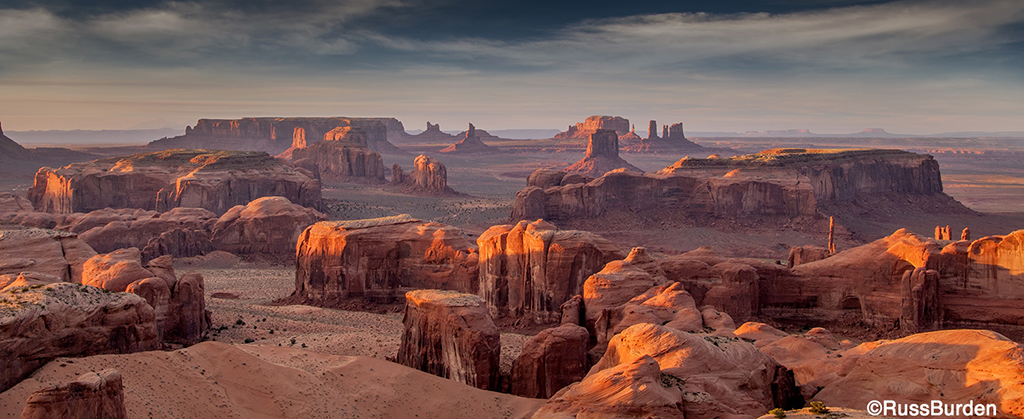
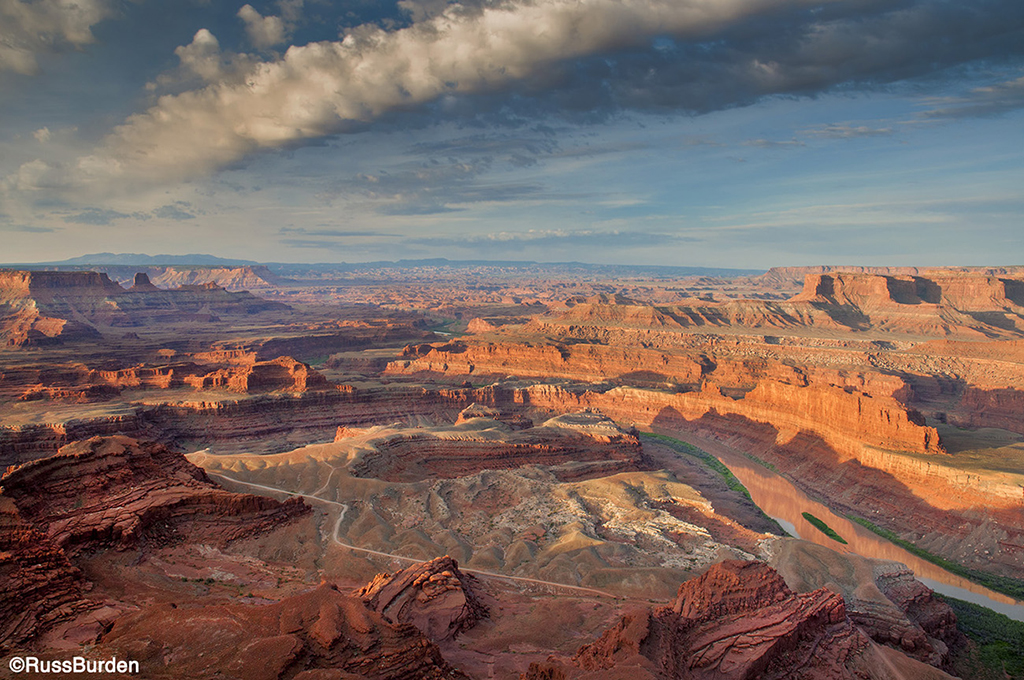
Sidelight For Scenics
The direction of the light is important to the success of a landscape. I much prefer sidelight to front light to bring out the details and contrast of the scene. Scenics implore photographers to create their works of art just as the sun rises or sets. The light is warm, the angle is low, it possesses both a hard and soft quality and provides a source of light unequaled at any other time of day. Its beauty is created as the sun filters through the particulates and pollutants that linger on the horizon at sunrise and sunset. The sweet light of these times of the day substantiates my words, it’s all about the light. The red rock scenic images that accompany this week’s tip were made at sunrise or sunset with the sun at, or close to, a 90-degree angle to the main formations.
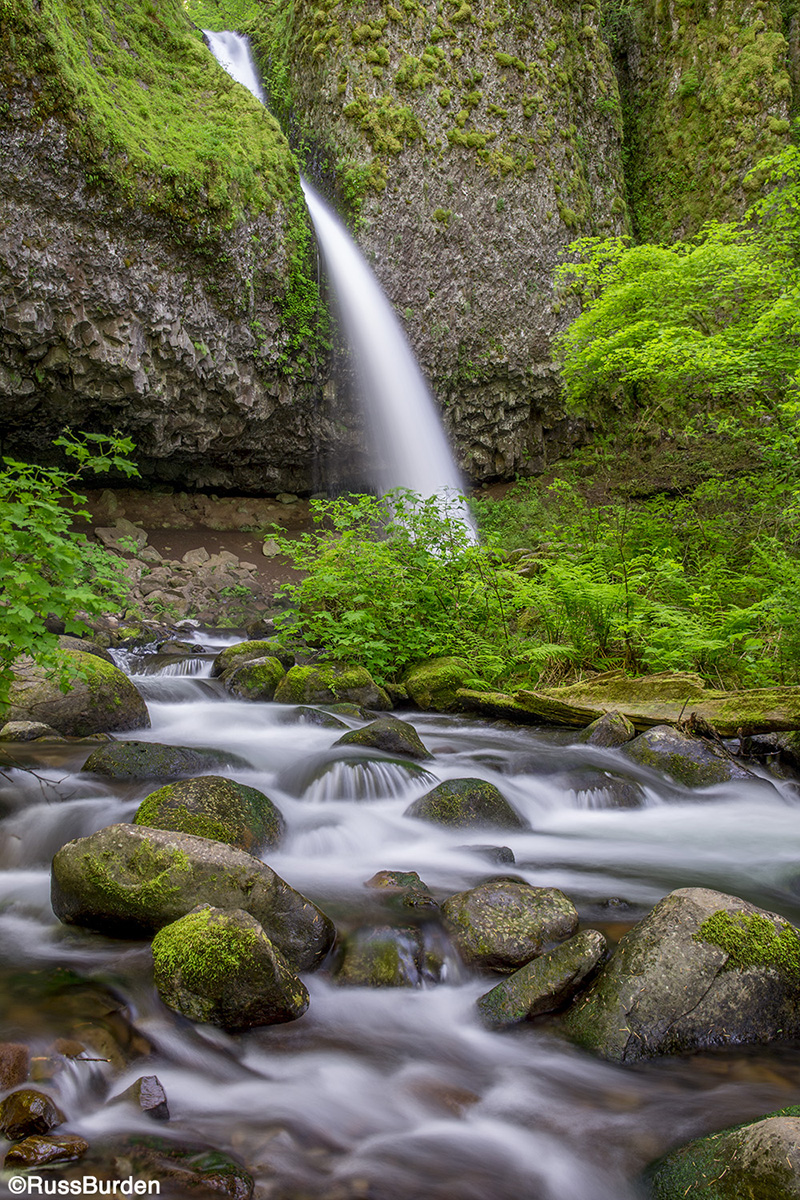
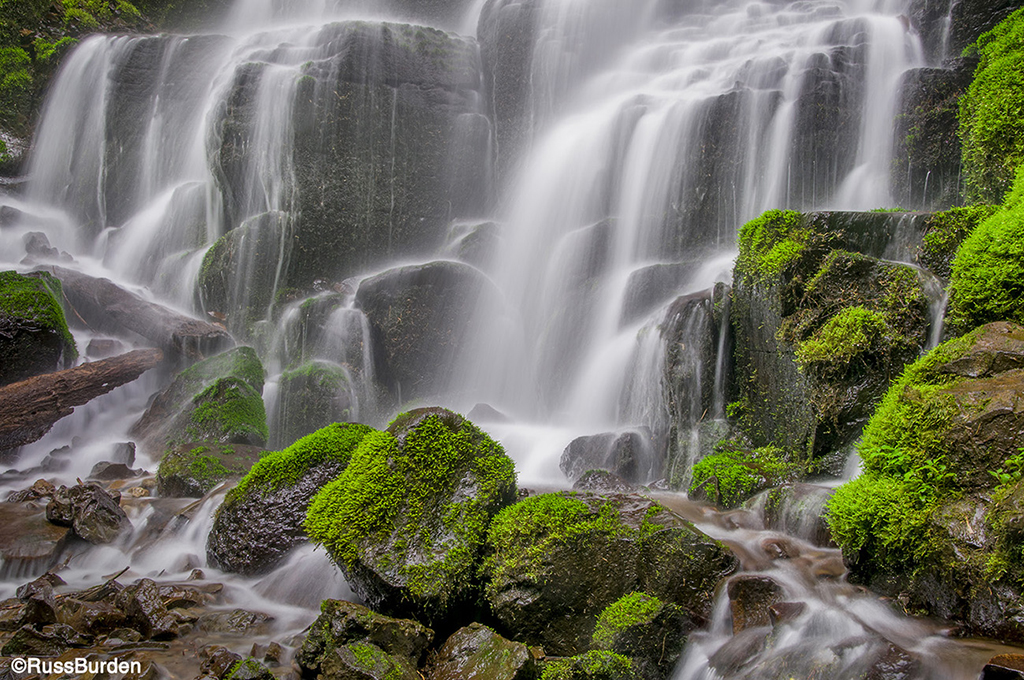
Soft Overcast Light For Water
I love to photograph waterfalls. The direct sun creates hot spots on the water. The bright areas become distractions. Hand in hand with bright highlights is dark shadows. I prefer to see into the shadows to see detail. If they block up, they reveal little or no texture, pattern or features. To counter this negativity, I wait for bright overcast days when the sky acts like a giant softbox and evenly illuminates every part of the landscape. I use a long shutter speed to impart the cotton candy effect to the water. These are attainable because the light is diffused, which allows me to use longer shutter speeds with low ISO numbers. When all these elements come together, they provide all the basics to make great waterfall and running stream images.
So next time you’re out in the field, remember: It’s all about the light!
To learn more about this subject, join me on a photo safari to Tanzania. Visit www.russburdenphotography.com to get more information.
The post It’s All About The Light: Another Go Round appeared first on Outdoor Photographer.

